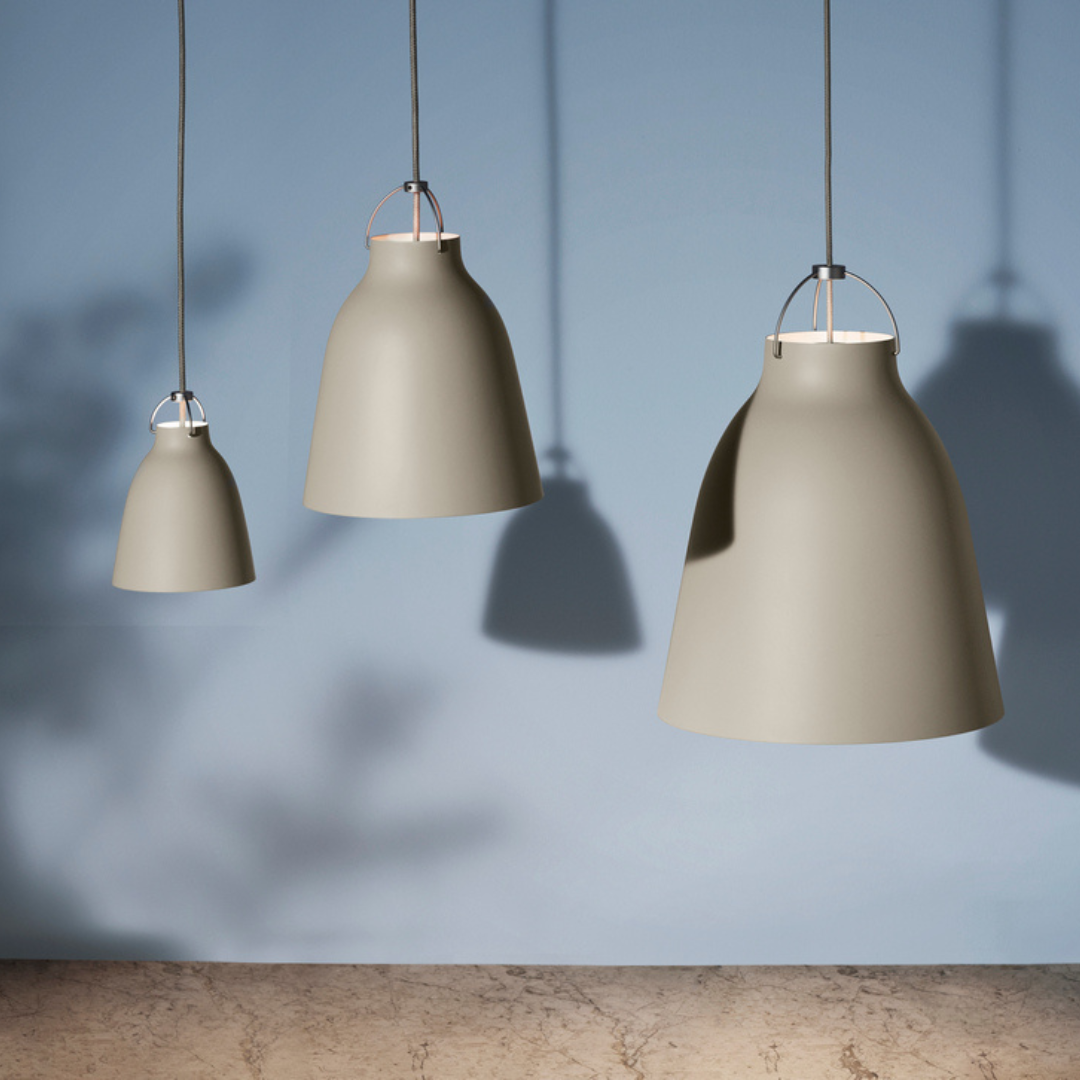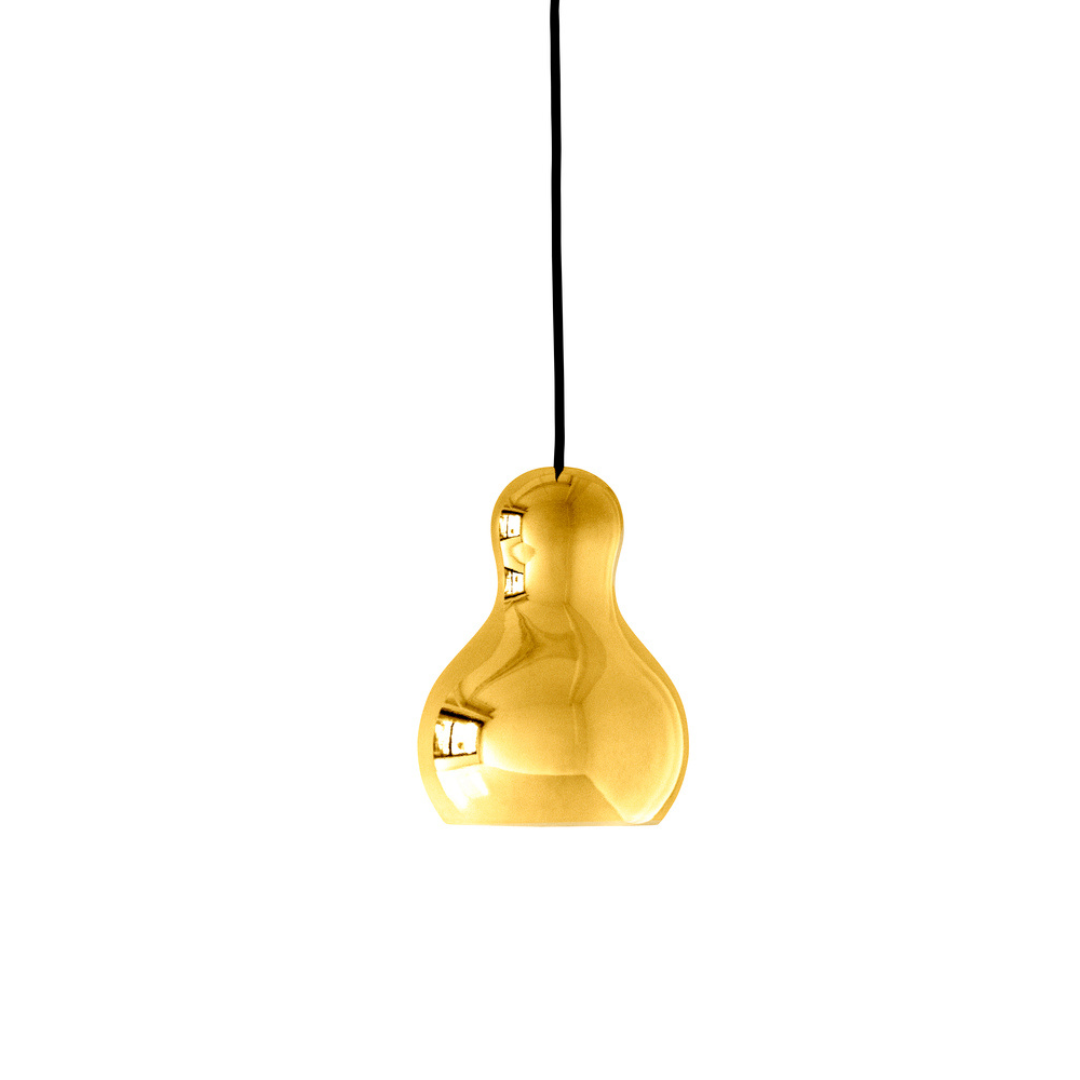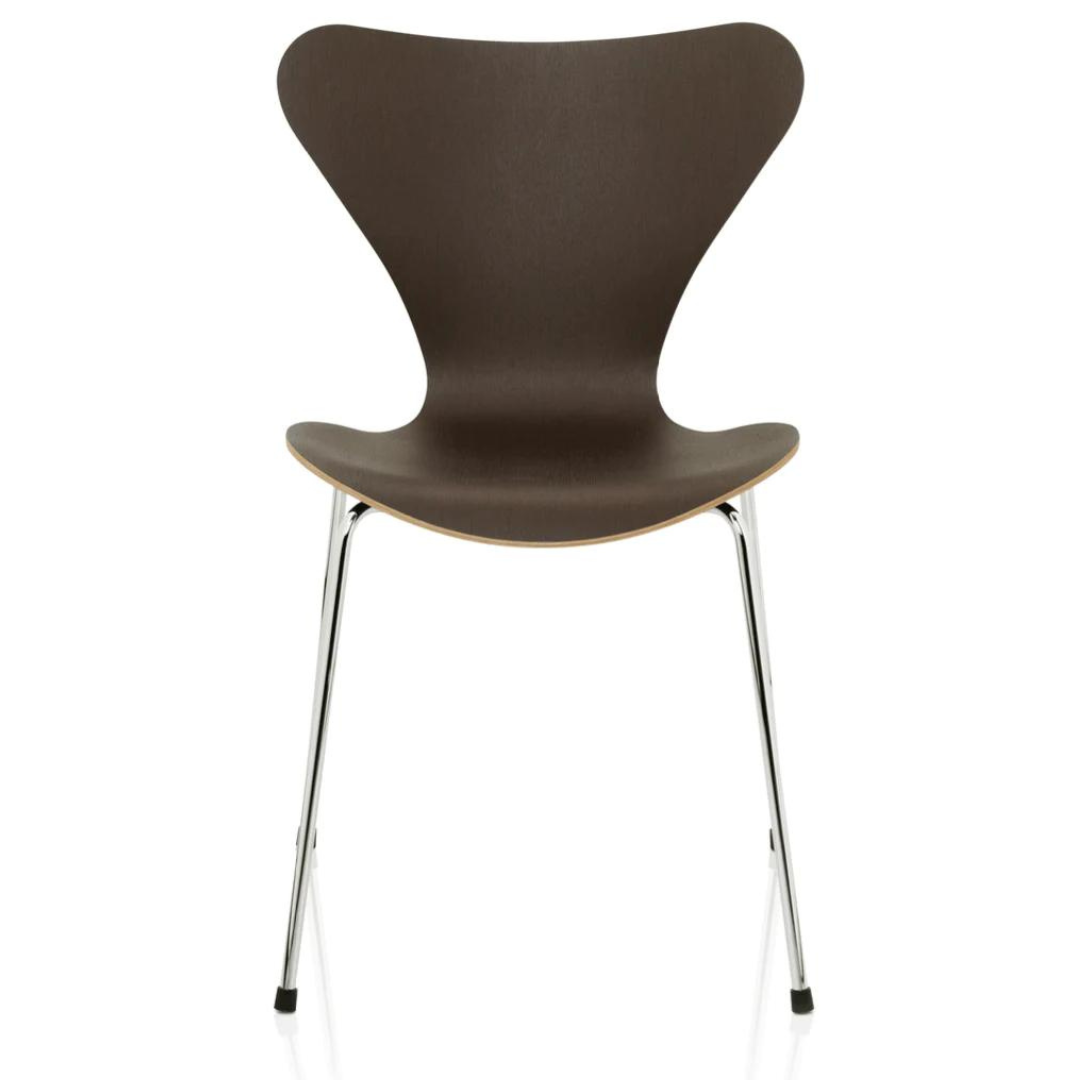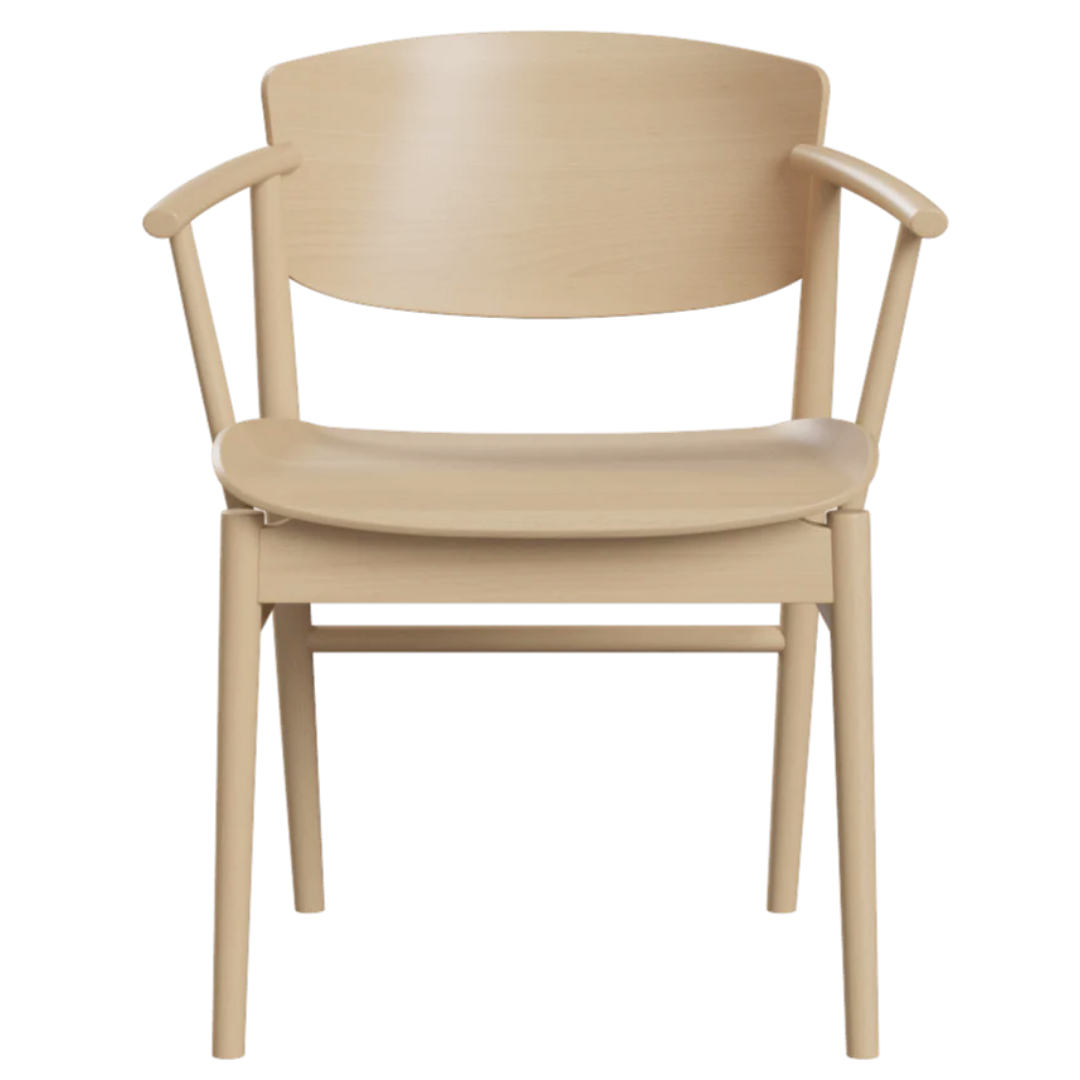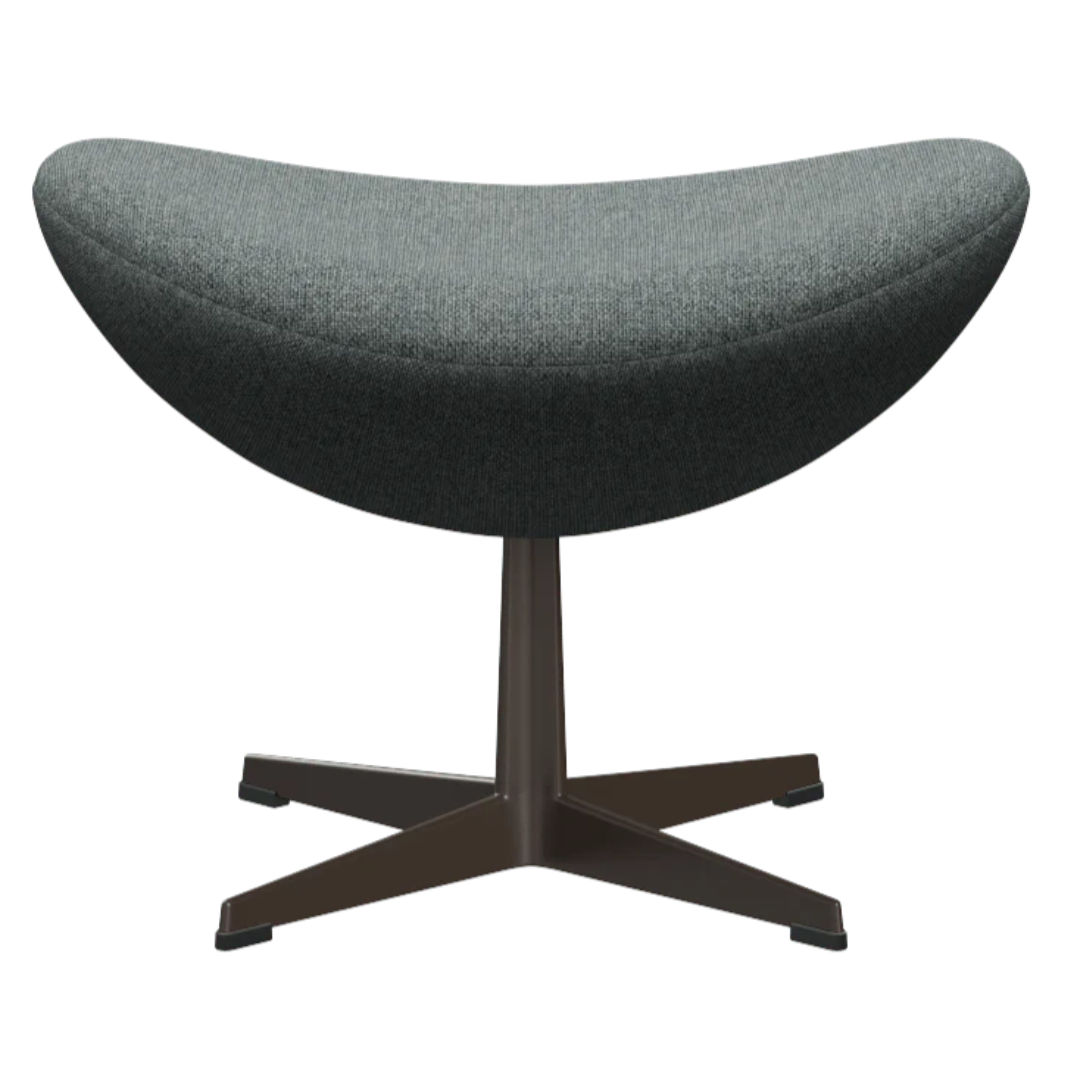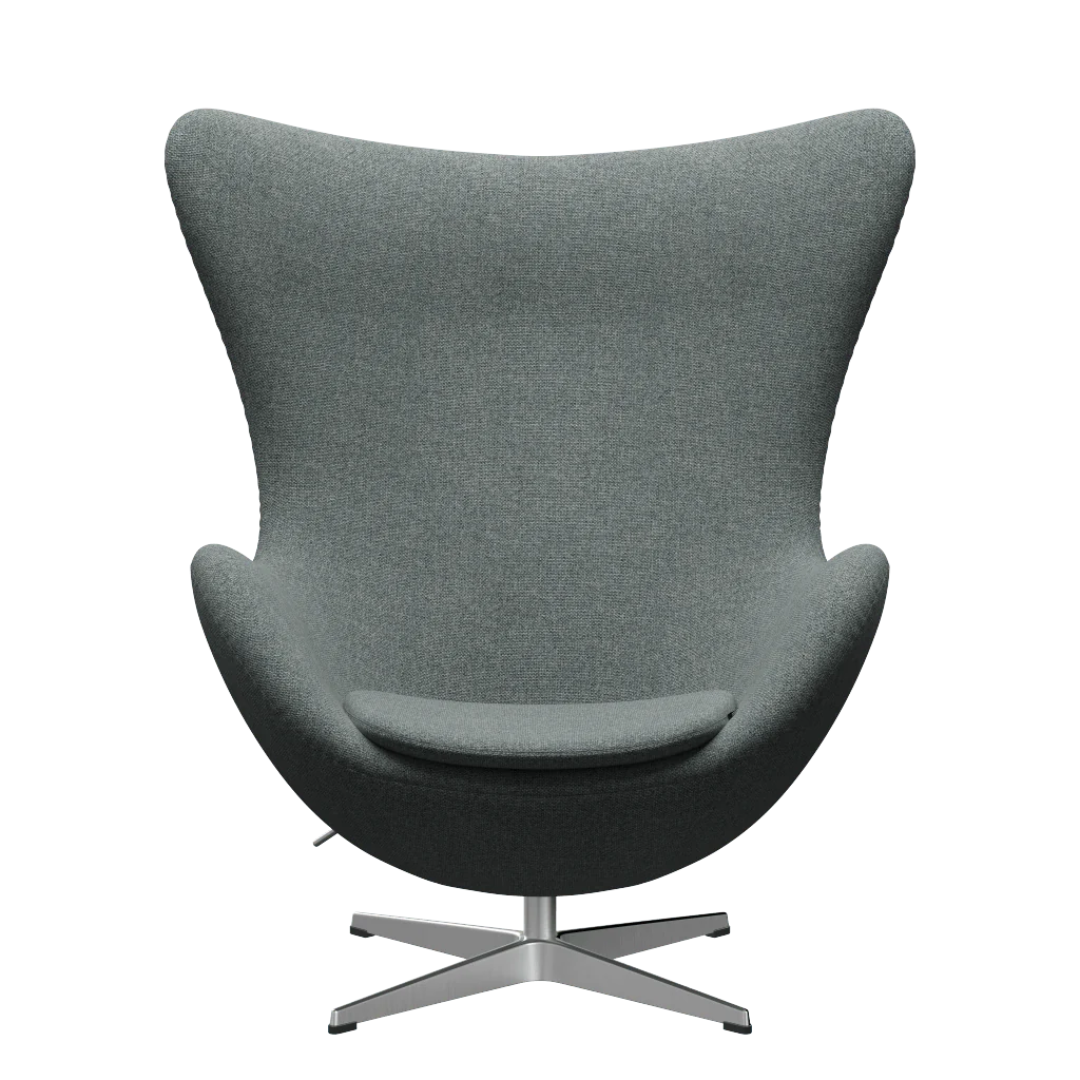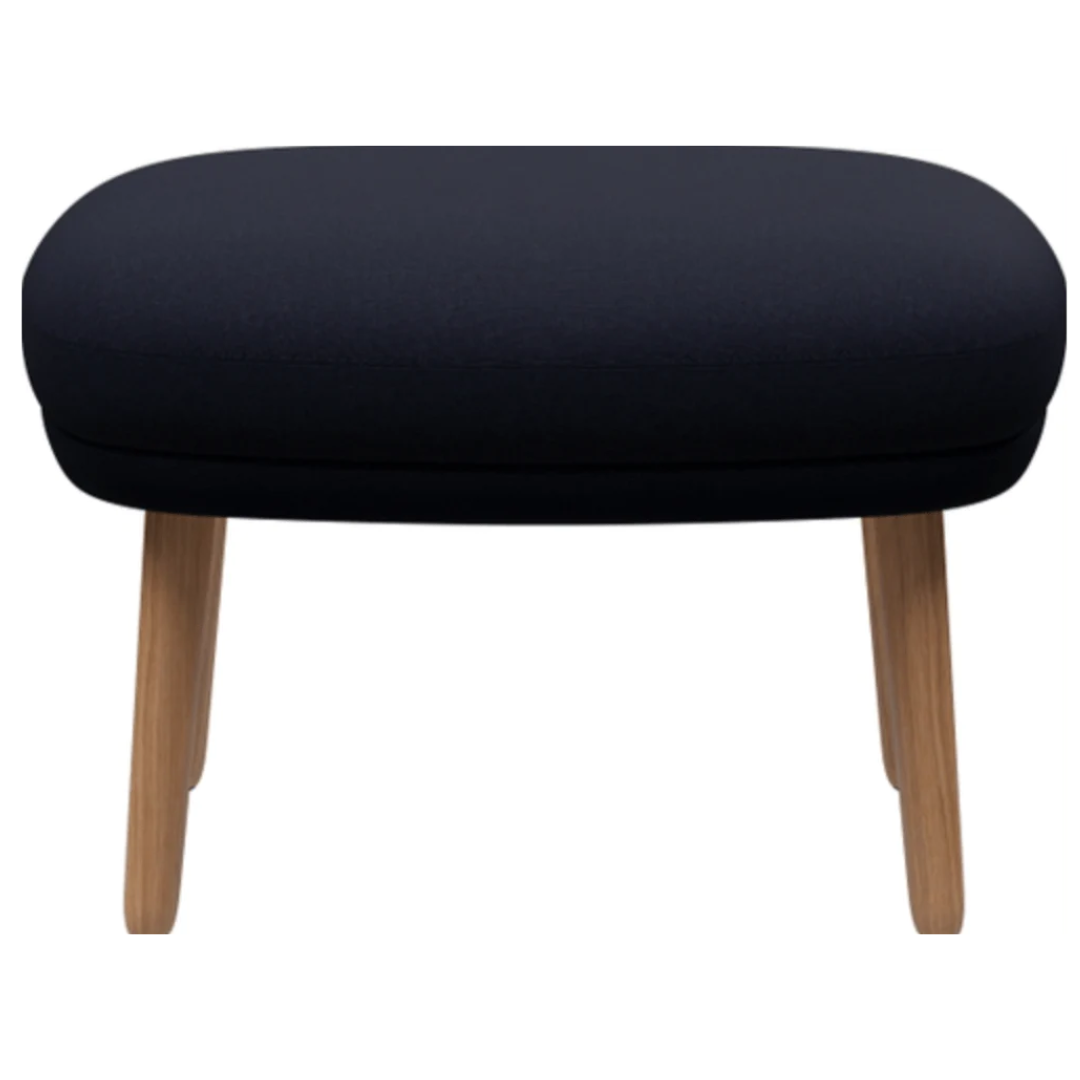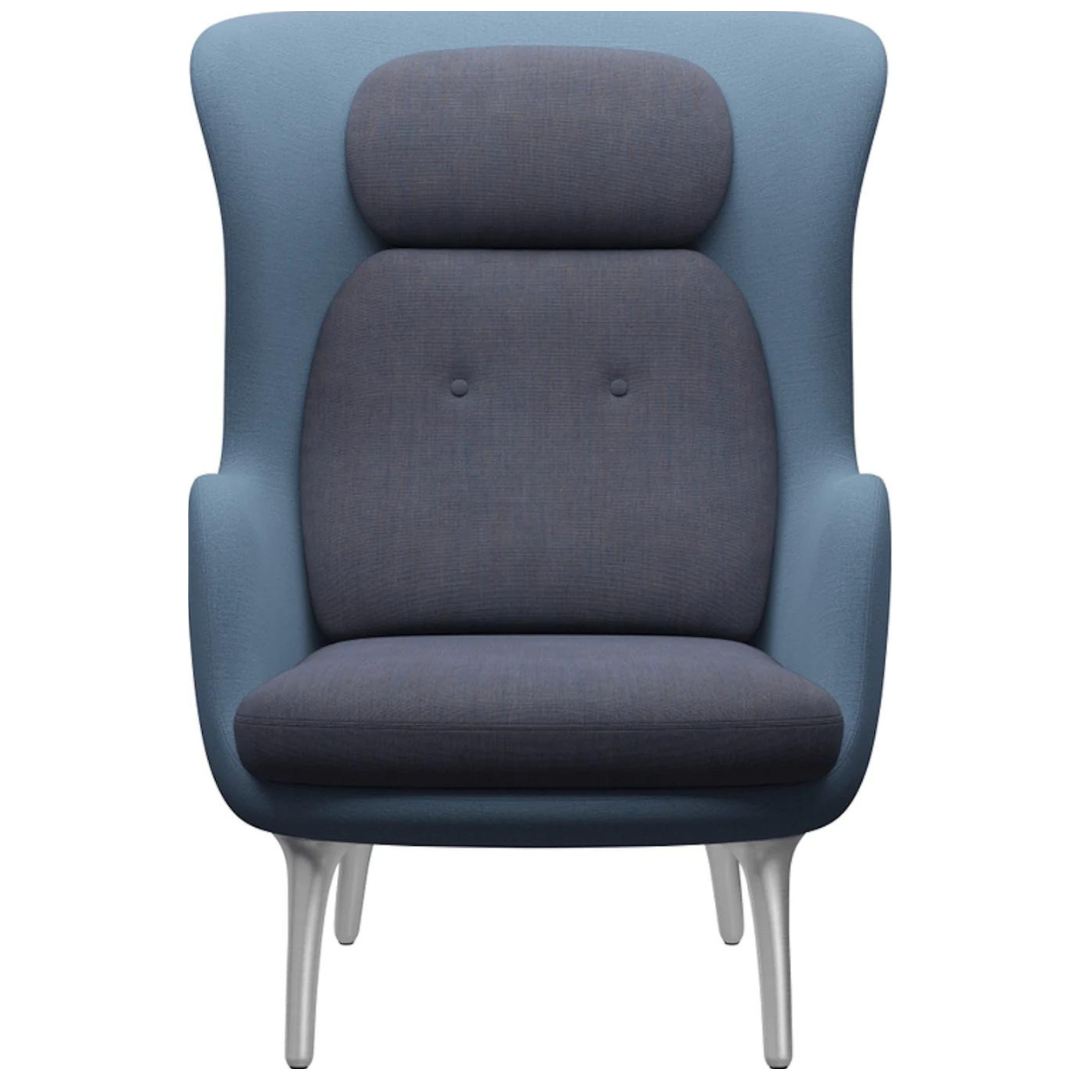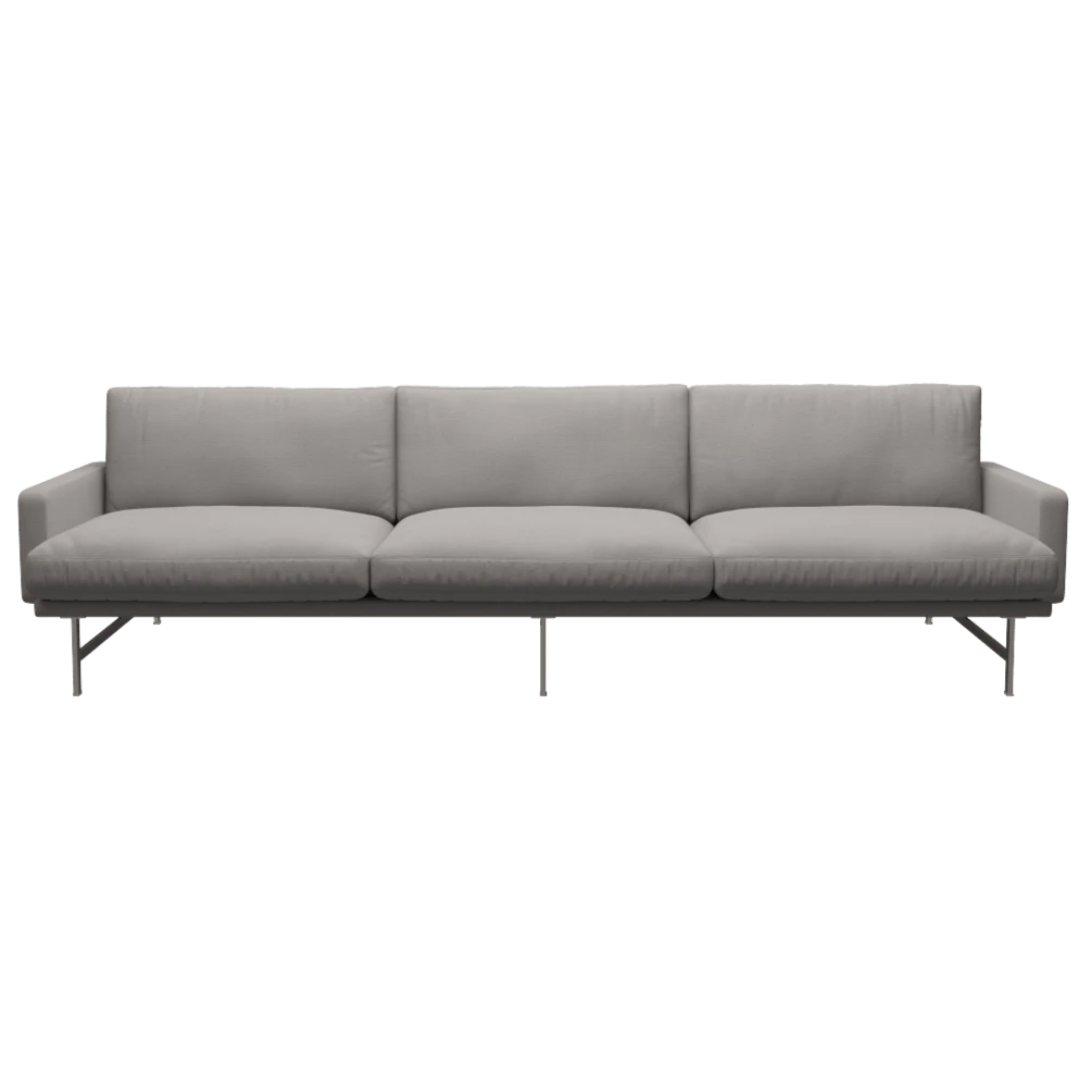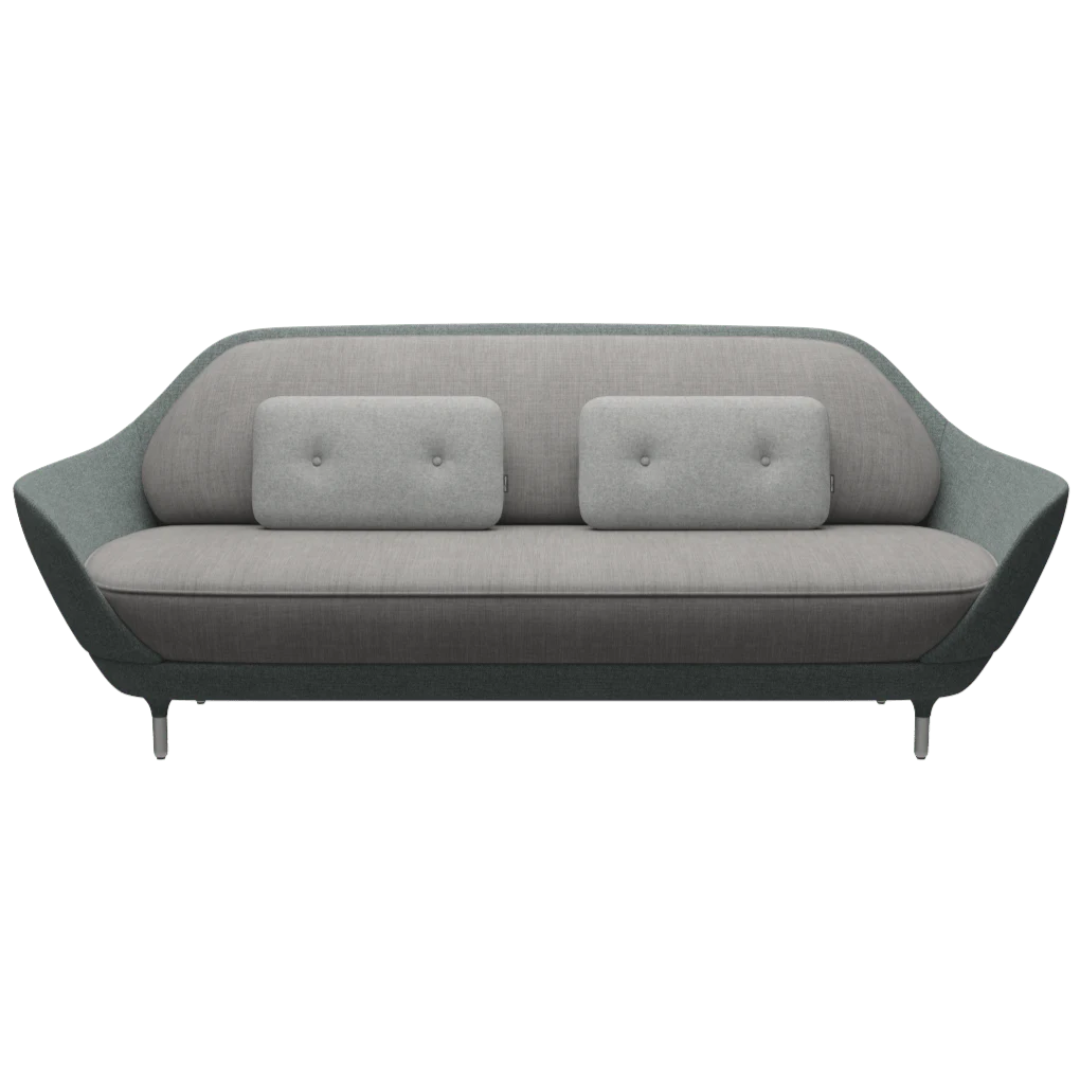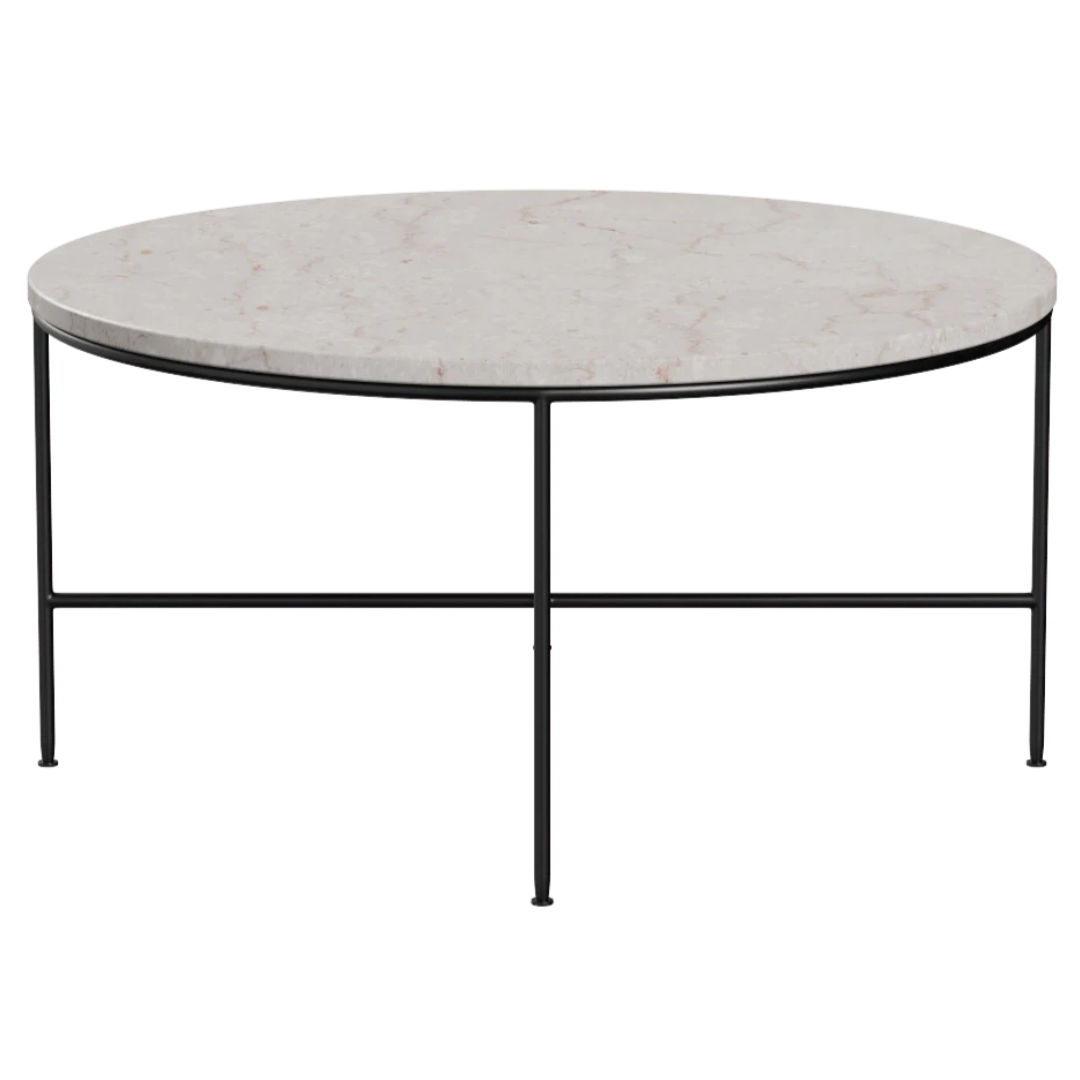Filters
Fritz Hansen
Suspence Pendant
Sale priceFrom $575.00
Fritz Hansen
Orient Pendant
Sale priceFrom $575.00
Fritz Hansen
Caravaggio Opal Pendant
Sale priceFrom $691.00
Fritz Hansen
Caravaggio Matte Pendant
Sale priceFrom $552.00
Fritz Hansen
Caravaggio Gloss Pendant
Sale priceFrom $552.00
Fritz Hansen
Calabash Pendant
Sale priceFrom $512.00
Fritz Hansen
Series 7 Bar & Counter Stool - Colored Ash
Sale price$919.00
Fritz Hansen
Series 7 Bar & Counter Stool - Clear Lacquered
Sale price$999.00
Fritz Hansen
Series 7 Bar & Counter Stool - Lacquered
Sale price$929.00
Fritz Hansen
Series 7 Chair - Clear Lacquered
Sale price$739.00
Fritz Hansen
Lily Dining Armchair - Clear Lacquered
Sale price$1,749.00
Fritz Hansen
Lily Dining Armchair - Fully Upholstered
Sale priceFrom $3,899.00
Fritz Hansen
Drop Chair
Sale price$441.00
Fritz Hansen
China Chair
Sale priceFrom $11,945.00
Fritz Hansen
N01 Chair
Sale price$994.00
Fritz Hansen
Series 3300 Lounge Chair
Sale priceFrom $6,558.00
Fritz Hansen
Swan Chair
Sale priceFrom $5,499.00
Fritz Hansen
Pot Chair
Sale priceFrom $2,309.00
Fritz Hansen
Egg Footstool
Sale priceFrom $3,013.00
Fritz Hansen
Egg Lounge Chair
Sale priceFrom $10,999.00
Fritz Hansen
Ro Footstool - Oak Base
Sale price$1,266.00
Fritz Hansen
Ro Footstool - Aluminum Base
Sale price$1,266.00
Fritz Hansen
Ro Lounge Chair - Aluminum Base
Sale priceFrom $4,085.00
Fritz Hansen
Ro Lounge Chair - Oak Base
Sale priceFrom $4,085.00
Fritz Hansen
Fri Lounge Chair - Aluminum Base
Sale priceFrom $3,677.00
Fritz Hansen
Fri Lounge Chair - Oak Base
Sale priceFrom $3,677.00
Fritz Hansen
Fred Lounge Chair - Walnut Stained Oak
Sale priceFrom $2,859.00
Fritz Hansen
Fred Lounge Chair - Oak
Sale price$2,859.00
Fritz Hansen
Fred Lounge Chair - Clear Oiled Oak
Sale price$2,859.00
Fritz Hansen
Swan 2-Seater Sofa
Sale priceFrom $11,106.00
Fritz Hansen
Series 3300 3-Seater Sofa
Sale price$13,679.00
Fritz Hansen
Lissoni 2-Seater Sofa
Sale price$7,975.00
Fritz Hansen
Lissoni 3-Seater Sofa
Sale price$11,855.00
Fritz Hansen
Lune 3-Seater Sofa
Sale price$8,243.00
Fritz Hansen
Lune 2-Seater Sofa
Sale price$5,888.00
Fritz Hansen
Lune 4-Seater Sofa
Sale price$10,599.00
Fritz Hansen
Lune 3-Seater Sofa with Chaise Lounge
Sale price$9,528.00
Fritz Hansen
Lune 5-Seater Corner Sofa
Sale price$15,309.00
Fritz Hansen
Favn 3-Seater Sofa
Sale price$14,069.00
Fritz Hansen
Ro 2-Seater Sofa
Sale price$8,790.00
Fritz Hansen
Join Round Coffee Table
Sale price$1,071.00
Fritz Hansen
Join Coffee Table - Extended
Sale price$1,189.00
Fritz Hansen
Join Coffee Table
Sale price$833.00
Fritz Hansen
Planner Round Coffee Table
Sale price$2,099.00
Fritz Hansen
Planner Rectangle Coffee Table
Sale price$1,657.00
Fritz Hansen
Planner Square Coffee Table
Sale price$2,099.00
Fritz Hansen
Little Friend Table
Sale priceFrom $1,181.00
Fritz Hansen
High Dot Bar Stool
Sale priceFrom $489.00
at present, Fritz Hansen is known all over the world for its wide range of furniture, lighting, and accessories intended to enhance well-being while preserving aesthetics and function, the global design company had humble beginnings.









